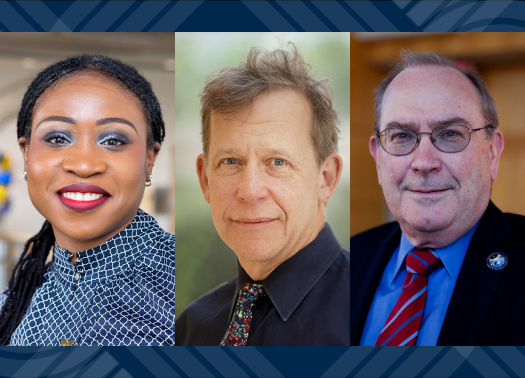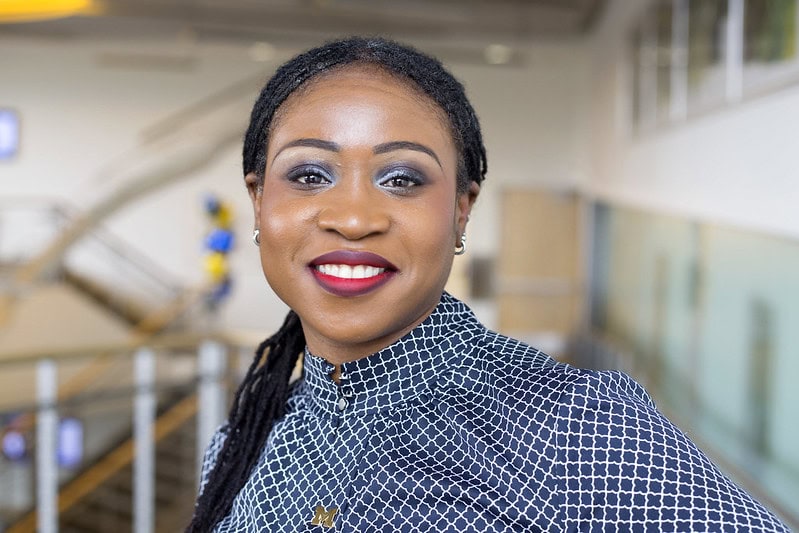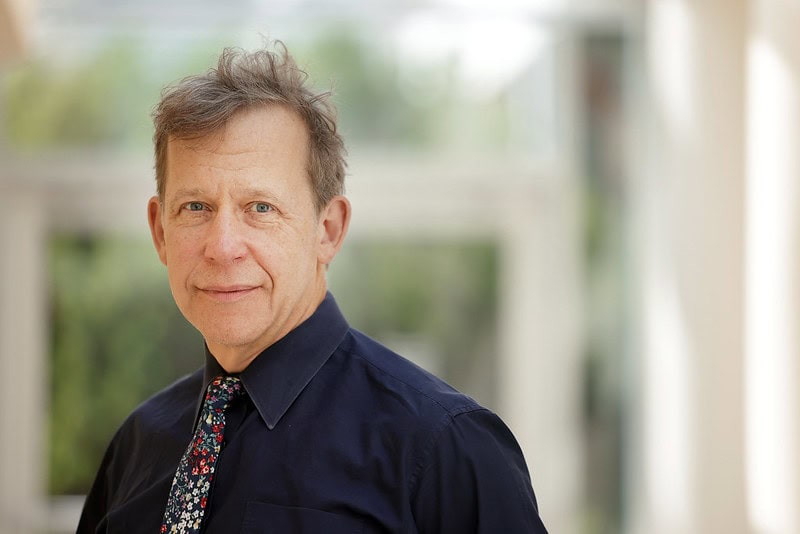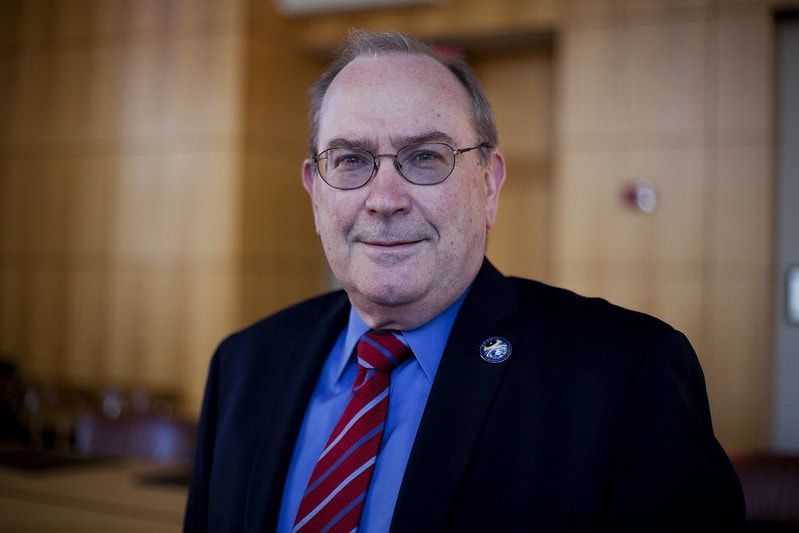
2024 AAAS Fellows include three Michigan Engineering professors
The Michigan researchers are honored for trailblazing work in targeted drug delivery, self-assembling nanostructures and unraveling the mysteries of solar storms.

The Michigan researchers are honored for trailblazing work in targeted drug delivery, self-assembling nanostructures and unraveling the mysteries of solar storms.
Three Michigan Engineering professors have been named fellows of the American Association for the Advancement of Science (AAAS). Their election to one of the world’s largest general scientific societies is considered a distinguished lifetime honor within the scientific community.
The new Michigan Engineering fellows are:
“Congratulations to our new fellows of the American Association for the Advancement of Science, recognized leaders in fields that are deeply entwined with basic sciences,” said Steven Ceccio, interim dean of engineering. “Their research exemplifies the way that disciplines converge when we get to the heart of many of engineering’s most aspirational problem-solving efforts.”

Eniola-Adefeso and her team found that a popular material used for drug delivery in mouse experiments failed when used in human blood. This study provided the first clue that harnessing the circulatory system for targeted drug delivery wouldn’t work if scientists continued to conceptualize it as analogous to municipal plumbing. Instead, her team recognized that blood functions as a tissue, which is not expected to be identical across species. Yet, she had trouble finding a journal that would publish the discovery.
“When the field is so invested in a direction, and that direction is negative, they will resist unless your paper gives them a framework of an alternative route,” she explained.
The field has gone on to embrace the importance of understanding human-specific interactions between drug-ferrying particles and components of blood, and Eniola-Adefeso’s research has gone on to highlight how these interactions can be harnessed to calm an out-of-control immune response.
Her willingness to face resistance enabled her to advance another uncomfortable conversation in biomedical engineering: the inequity in funding by the National Institutes of Health. White principal investigators are nearly twice as likely as Black principal investigators to be funded for a given grant application.
Taking what she learned by raising a flaw within the targeted drug delivery community, she and her co-authors provided a framework for closing that gap. It includes training promotion and tenure committees on bias and racism’s effects on key metrics like publications and funding, and creating funding mechanisms to bridge the gap so that Black researchers don’t have to spend a disproportionate amount of time on proposals.
The call to action attracted national attention, drawing responses from the National Institutes of Health as well as the director of the U.S. Office of Science and Technology Policy.
In October 2024, after 18 years of impact at Michigan, Eniola-Adefeso became the new dean of the College of Engineering at the University of Illinois-Chicago.

Kotov demonstrated that all nanoparticles—regardless of their composition and variations in size, shape and mass within the group—possess a universal ability to self-organize into complex structures, resembling those in living things. His approach to designing nanostructured materials draws on interactions at interfaces between particles, chemical physics and, more recently, a branch of mathematics called graph theory.
“The development of the field of biomimetics has led to multiple technological inventions and scientific discoveries, but biomimetics remains more of an artform than an engineering discipline because it lacks a universal quantitative foundation,” said Kotov.
“Recent studies made me confident that this can be changed by utilizing graph theory, which enables the description of even the most complex biological structures. Furthermore, their replication from broadly available, human-made materials makes high-performance materials accessible to each country on Earth.”
He currently leads a Science and Technology Center funded with $30 million by the National Science Foundation, which aims to harness nanotechnology for more energy- and materials-efficient manufacturing. The center’s researchers work with collaborators in Africa to develop manufacturing methods that aren’t reliant on expensive materials and equipment that would limit their potential to improve quality of life globally.

Slavin’s scientific contributions revolve around describing how the solar wind, a stream of particles from the sun, interact with the planets and help shape their environments. He leads and participates in experimental investigations of magnetic fields and charged particles throughout the Solar System. In doing so, he supports the validation of the new computer models that reflect the way that magnetic energy can concentrate and then explosively release, from solar flares on the sun to magnetic storms in planetary magnetic fields.
Before becoming the chair of the Department of Climate and Space Sciences and Engineering (ClaSP), he was director of the Heliophysics Science Division at NASA Goddard Space Flight Center. Leading roughly 200 scientists and supervising the division’s facilities, he helped manage the development of Mars and Mercury orbiters, Earth-based satellites monitoring the solar wind, and instruments for exploring planetary magnetospheres and atmospheres.
As chair of ClaSP, Slavin supported U-M senior faculty in two major NASA-funded satellite constellation missions employing new measurement technologies: CYGNSS, monitoring hurricanes, and SunRISE, exploring how to predict when and where the sun will fling masses of high-speed charged particles in potentially dangerous solar storms.
“I found the oversight and mentoring of students and early-career scientists at NASA and the University of Michigan to be among my rewarding experiences at all of these levels,” said Slavin.
Eniola-Adefeso is also professor of chemical engineering, macromolecular science and engineering and biomedical engineering. Kotov is also the Joseph B. and Florence V. Cejka Professor of Engineering and a professor of chemical engineering and macromolecular science and engineering.